It’s been a big few weeks for America, hasn’t it? From the heartbreak of the Charleston shootings to the landmark #LoveWins Supreme Court decision to the Girl Scouts donor dust-up, people everywhere are talking about prejudice.
While I’ve seen such a beautiful swell of love, support and compassion for all kinds of people all over my social media this past month, I’ve also talked to lots of moms who are wondering how to talk to kids about prejudice and racism. Because even as my kids help me pick out wedding presents for all our friends, prejudice most definitely still exists whether it’s because of the color of your skin or the country your family came from.
Related: 10 outstanding Black History Month books for kids of all ages
One of my favorite go-to tools for starting hard conversations with my kids is by reading books together. Reading a great story is an easy way for me to get my kids talking about concepts like open-mindedness, embracing people who are different from them, and fighting for the rights of people who have been marginalized. Even if marginalization is still a word that’s a little over their heads.
As you browse your bookstore or local library, here are a few tips we’ve found to be helpful when we’re looking for new titles:
1. Above all, make sure the story is good. Because even if the lesson is well-intentioned, your kids won’t pay attention if the book is boring.
2. Choose books with characters that are different than the people in your family. We’ve recently learned that only 3% of children’s books feature characters of color. That’s pretty astounding. If you’re white, make an effort to find those fantastic titles not featuring white heroes. If your family is of European descent, seek out books about kids from Latin America, Asia, or Africa. If you have a traditional marriage, try stories about kids with single moms, single dads, or same-sex parents. It really helps build an excellent learning foundation for preschoolers and young kids.
Learning aside, imagining other ways of life can be pretty exciting for kids — whether it’s life on a pirate ship, in a big city, or in a village in another part of the world.
3. Look for books that show unexpected friendships — maybe a bird and a hippo or a duck and a cow. The plot will probably have nothing to do with prejudice, but you can still open up a conversation about how it’s so cool that these two are friends, even though they aren’t the same.
4. Learn actual history which is always a great way to take your conversations with your kids deeper. Read your children age-appropriate biographies about the giants who have fought hard for basic human rights — for African Americans, for women, for the LGBTQ community, and so many more. You may be surprised just how much even the youngest kids can process.
Just to get you started, here are 12 books my own younger kids are enjoying, and that are giving me a chance to have fantastic conversations with them about race and respect. I really hope you’ll like them too.
CMP is an Amazon affiliate, or find these books in your local independent bookstore
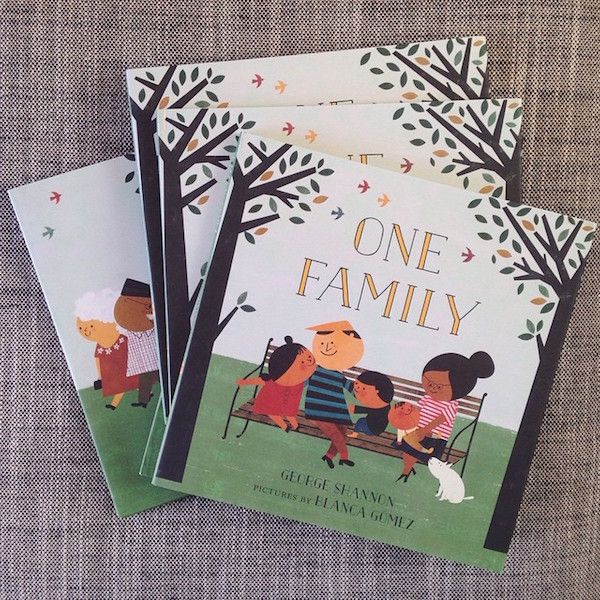
While we’ve covered so many books featuring diverse heroes over the years, a new favorite of mine is the beautiful depictions of family in One Family by George Shannon and Blanca Gomez. It subtly shows that many families aren’t only one color. Whether your family is multi-racial, your kids have been adopted overseas (or domestically of a different race than your own), or you just have some beloved families in your life who you might see reflected here, this is a great book to add to your library.
Related: The Princess and the Pony: A perfect princess book for a new generation
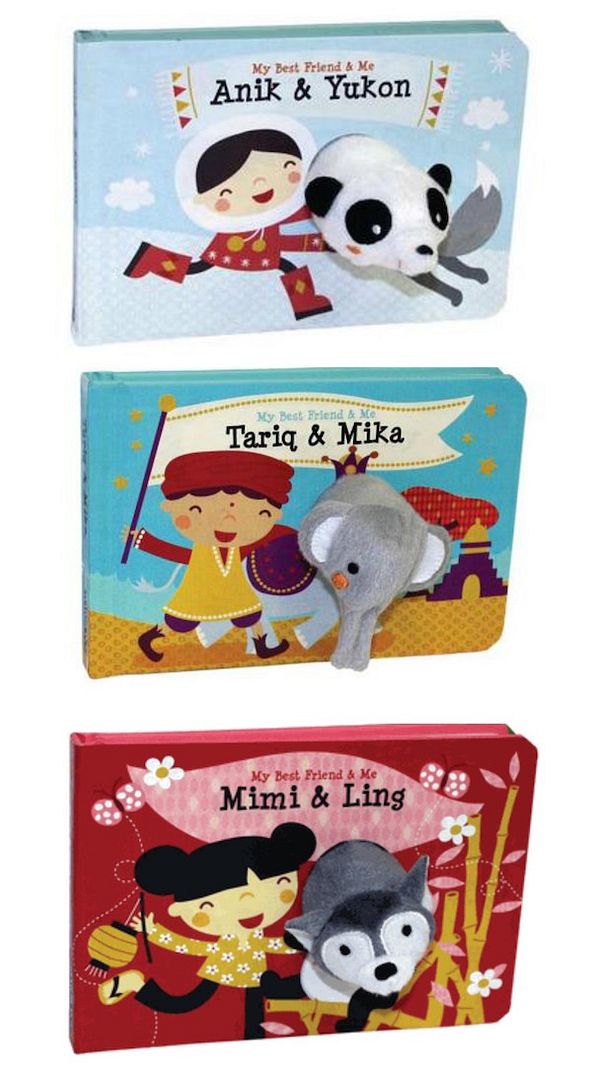
The My Best Friend & Me series of finger puppet books by Annelien Wehrmeijer and Deborah van de Liejgraaf has been around for a while, but their three newest releases, including Anik & Yukon, Mimi & Ling and Tariq & Mika each introduce babies to other cultures through adorable art with a cuddly finger puppet that pokes through each page. Kids will love these!
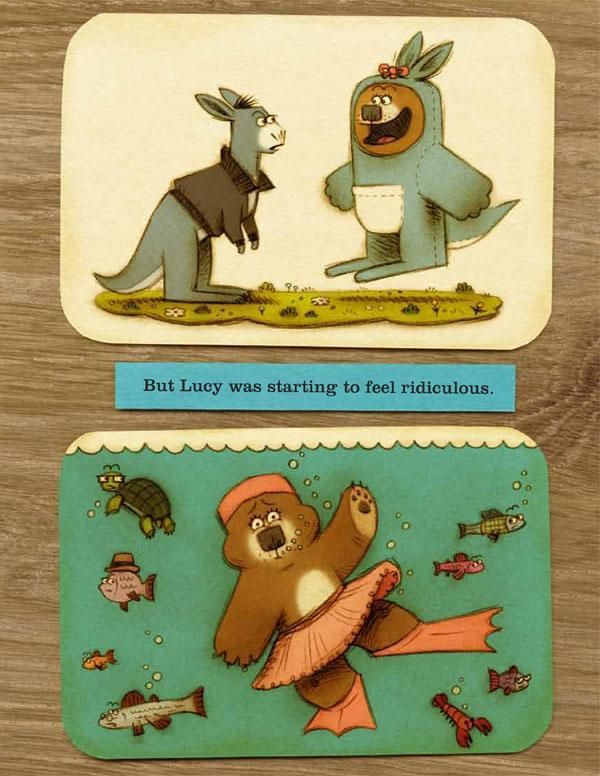
Don’t be deceived by the cuddly bear protagonist — You Will Be My Friend by Peter Brown (a sequel to the bestselling Children Make Terrible Pets) is a hip, funny, remarkably illustrated book that incorporates cut paper, photography and real wood grain textures into the imagery. My favorite part, besides the look of it, is the idea that being someone’s friend doesn’t mean you have to forget who you are. The bear, searching for a friend, tries to be like other animals but finally finds his perfect partner…in a flamingo. In other words, look for the people who aren’t just like you, kids. It makes life so much more interesting.
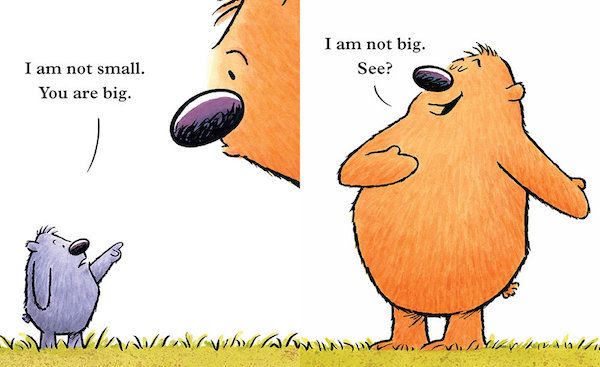
When kids have limited interaction with people who are different, it’s easy for them to default to stereotypes. My one friend who’s X race does this, so all people of X race must do that. Kids can be so literal that way. But the winner of this year’s Theodor Seuss Geisel award for beginning readers, You Are (Not) Small by Anna Kang, can help kids understand the concept of stereotyping with the help of illustrator Christopher Weyant’s adorable characters. It’s is a current favorite at our house and it’s also a fast read, making it great for bedtime. (Also be sure to keep your eyes out for That’s (Not) Mine from the same team this fall. It looks great too!)
Related: The best lists of the best children’s books of the year for kids, all in one place
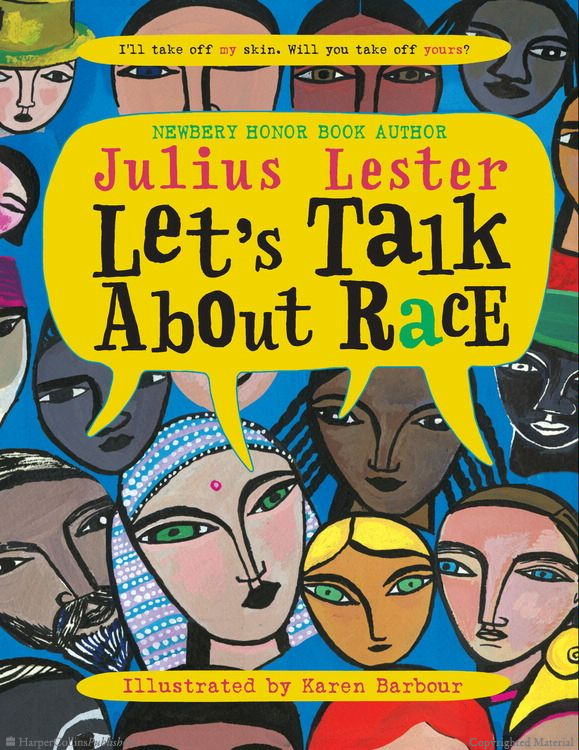
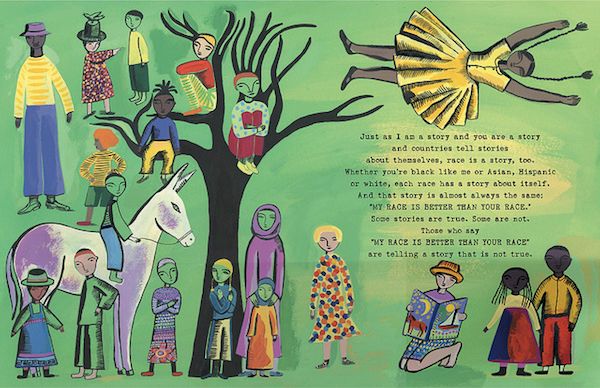
Another beautiful book that addresses racial stereotypes explicitly is Let’s Talk About Race by Newbery and Coretta Scott King award winner Julius Lester, whose copious list of titles about social justice goes back to the 60’s. In this book, Karen Barbour’s illustrated characters introduce themselves with different activities and interests, then say, Oh, and I happen to be _________ race. Kids will learn that it’s easy to identify with all different kinds of people, if they just give them a chance — and that even if we see skin color first, it doesn’t mean it’s the first most important thing to know about a person.
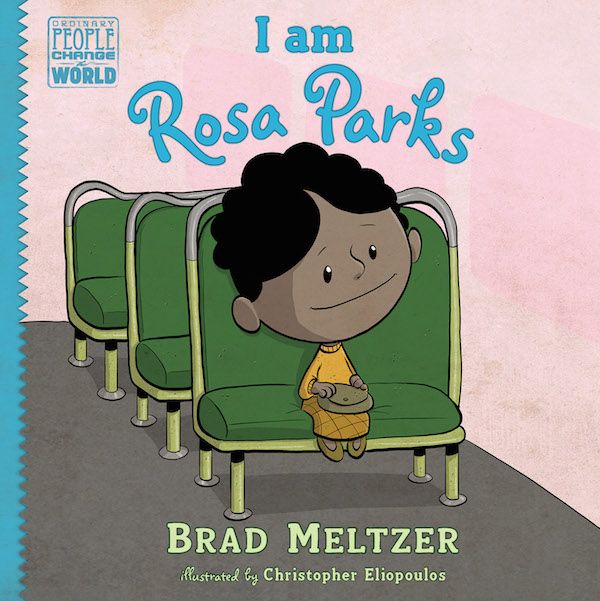
My kids are tearing through these good, easy introductions to biographies. For early readers, go with the I Am… series by Brad Meltzer and Christopher Eliopoulos. For slightly older kids, or if you’re reading out loud, choose from one of the hundreds of titles in the Who Was… series. Start with I Am Rosa Parks (also recommended in our 11 excellent new children’s books for Black History Month – and the rest of the year too).
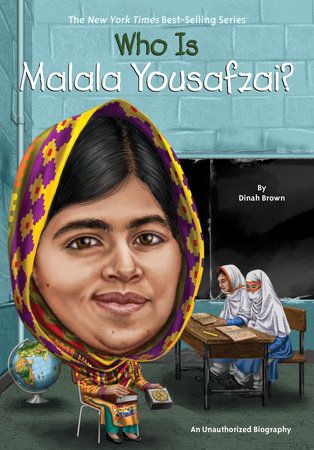
For something more contemporary, try Who Is Malala Yousafzai? Feel confident that this entire series is an age-appropriate introduction to important figures, and you can take the conversation as far as you want to go from there.
Related: A sneak peak at Malala’s new picture book for kids
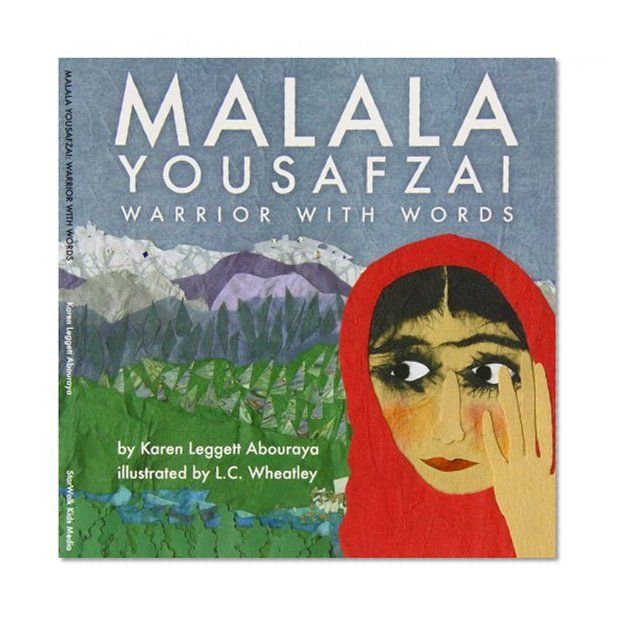 Malala is certainly a compelling figure, especially for young girls; she’s young, relatable, and alive today, still doing remarkably important work that seems so beyond her years. And we know how kids like reading about other kids. So if yours want to learn a little more about her story, check out the 2014 release Malala Yousafazi: Warrior With Words, by Karen Leggett Abouraya and L.C. Wheatley. Getting to know her as a person will help children unfamiliar with girls or women who wear a traditional Hijab headscarf to see beyond it, to recognize a young girl who stands out and speaks up for all children’s rights to go to school. Eventually, they’ll be reading My Name is Malala on their own.
Malala is certainly a compelling figure, especially for young girls; she’s young, relatable, and alive today, still doing remarkably important work that seems so beyond her years. And we know how kids like reading about other kids. So if yours want to learn a little more about her story, check out the 2014 release Malala Yousafazi: Warrior With Words, by Karen Leggett Abouraya and L.C. Wheatley. Getting to know her as a person will help children unfamiliar with girls or women who wear a traditional Hijab headscarf to see beyond it, to recognize a young girl who stands out and speaks up for all children’s rights to go to school. Eventually, they’ll be reading My Name is Malala on their own.
Related: 11 inspiring children’s and YA books about historic women for our girls — and especially, our boys.
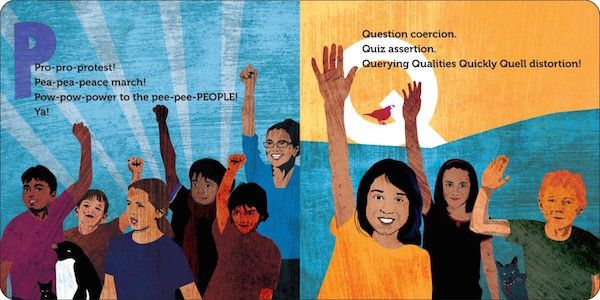
Even our littlest kids can start learning about the activism required to promote the change in the world we’d all like to see. Innosanto Nagra’s A is for Activist is a quirky board book for babies that’s been described as being like a Howard Zinn book, only for two-year-olds. If you have the kind of family that talks about democracy, civil rights, social justice, environmental causes, and peaceful protest over the dinner table — even Dan Zanes gives the book a thumbs up — the themes will resonate. Plus the alliteration is wonderfully fun, even before toddlers know what any of it means; but it’s their older siblings who will get even more out of this book.
Related: 8 must-read books for tweens and teens who want to stay woke
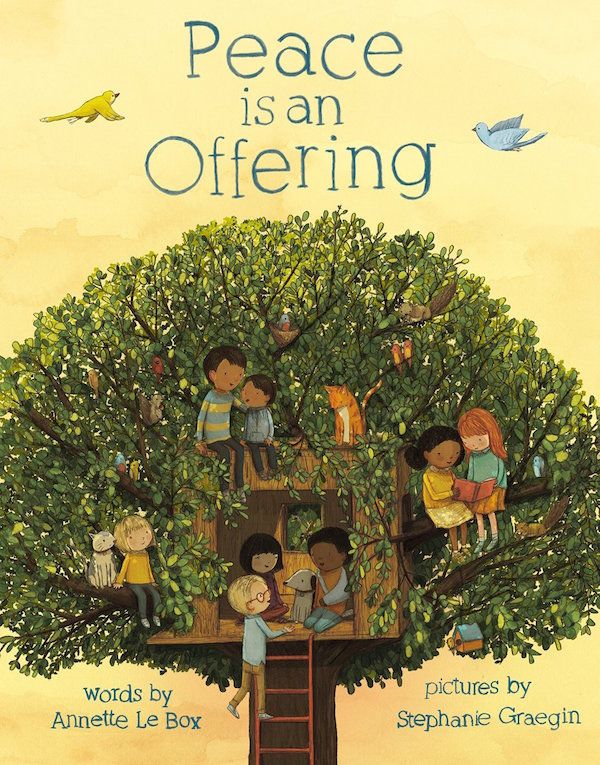
Ultimately, the most important thing I think we can teach our kids is to choose peace. The lovely Peace is an Offering by Annette LeBox and Stephanie Graegin is a beautiful portrayal of kids playing together in harmony (just like your house during summer break, right?). The illustrations of such a diverse group of neighborhood kids playing together — whether or not that’s a familiar sight in your own community — accompanied by a beautiful poem for peace, makes this one of my very favorites. Plus, it’s a great quiet-down, ready for rest kind of book. Highly recommend.
We all hope we keep the positive momentum of love going. Have the hard-weird-awkward conversations with your kids; we can give them the tools they need to be the generation that puts an end to so much of the hatred many of us have been fighting against our whole lives.
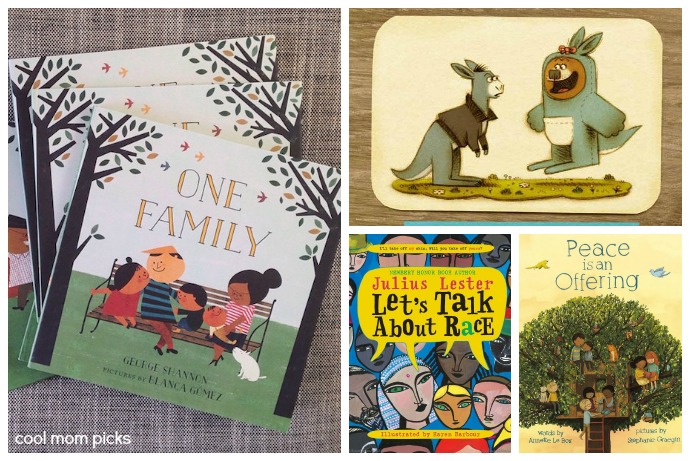



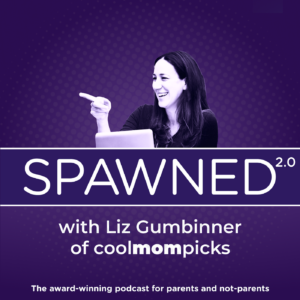
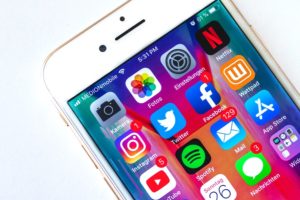
As a mom of Ethiopian adopted daughters who are now 10 + 12, I would LOVE a list like this for the next level. We talk about race + diversity, but it seems that now the talks need to get a bit deeper.
Thanks for considering ~
Fantastic suggestion, thank you Sonya. We’d love to work on that for you. And we’re open to any suggestions that you’d like to share, if you have your own favorites.
Sonya,
Try the books from the Jae Addams award site. These are books that I use to teach 4th and 5 th graders about social,justice! There are both picture books and chapter books listed here. https://www.janeaddamspeace.org/jacba/ I hope this is helpful!
Jenny Peterson
4th grade teacher
Verona Area School District
Verona, WI
Thanks for sharing this list. Reading is such a good way to learn, and these books are beautifully designed as well as having a great message!
Lauren
Thank you for sharing Liz. I am a godfather of 2 beautiful girls. They are just 5 and 6 do you think they are ready for that lesson ?
In a word: Absolutely.
You’re a great godfather for starting an important conversation.
Thanks for this useful list.
I do want to point out something about #2: It assumes that your readers are white, married, heterosexual parents. As a black mom of a biracial son in an interracial marriage, the vast majority of children’s books show families that don’t look like ours. We have to make a point to find books that do look like ours. We do try to include books that include single parents, and same-sex parents, but, of course, there are queer families of color (my sister is part one), too, and it takes some effort for them to find books that represent families like theirs.
I won’t speak for everyone, but I know that I feel that #2 could have been more inclusive without that first sentence. It sort of made me feel like this site isn’t for me, if that makes sense.
That said, above all, I am glad that people are becoming more aware of the need for children’s books that represent all different types of families.
Thanks for the comment Beth. That definitely wasn’t our intent, especially considering our own team runs the gamut of diversity in terms of race, marital status and other “traditional” family situations. I would imagine that white, heteronormative parents might need more nudging in terms of selecting books that feature families who are different, and that statistic supports why that might take some active searching — but your point is extremely well taken. Thank you so much for bringing it to our attention.
Thank you for your efforts on this front and for introducing me to some great books to read with my family! I am a biracial woman partnered with a black man and raising two girls of color. The lack of support we’ve felt for raising kids in the context of race led us to start a multiracial cyber community to share these kinds of resources (we’ve included this list in one of our newsletters) and many others to parents to raise racially resilient kids of color and racially literate kids of all stripes. We are very new and are so far collecting much more content than creating it, but we’re creating it too (co-creating with parents and caregivers). So thanks again for the tools you’re creating! Check us out at embracerace.org and add this book to your list: https://medium.com/embrace-race/a-black-princess-who-saves-herself-and-exposes-princess-culture-kids-and-adults-say-yes-ea95db659cbd#.ruv7sk9cc
Thanks for this list! All but two of these authors are White. Considering the conversations about the lack of diversity in publishing, including the lack of diversity in children’s literature, I wonder why this list lacks author diversity.
Thank you for your comment, Metta. We appreciate the feedback. In reviewing this list, it seems that the authors/illustrators represented are Asian, White, Black, and Latino and I personally like that stories of diversity are being created by all kinds of people. However your point is well taken that parents should be sure to seek out diversity of author voices as well.
If you have favorite authors of color who have published great books about diversity for children, we’d be thrilled to hear them.
The Skin You Live In talks about acceptance and is written by an African American man, Michael Tyler.
I LOVE LOVE LOVE Last Stop on Market Street! Both the author and illustrator I think I would identify as folks of color.
Lists like this are always subjective, so I try not to be the knee jerk reactor who comments “How could you leave such and such off the list?”
Having said that, not even mentioning The Sneetches and other Stories is a really glaring omission on your part. It not only satirizes the foolishness of prejudice – and does this back in 1961 – it shows how cynical people profit off those who are prejudiced.
One of our favorites too, David! Not an omission — just not one of the 12 books that Kate is currently reading with her own kids, which is the essence of this list.
Great list! We also make flashcards depicting African American diaspora intent on inspiring children with those who paved the way.
http://www.abcmeflashcards.com
I love this list! Another good one is “The Color of Us.” It doesn’t address racism directly but it is a nice celebration of diversity.
Great recommendations! I used ONE FAMILY by George Shannon and Blanca Gomez for our November preschool storytime book through our public library and it was so much more meaningful for them than a story about Pilgrims. 🙂 I also highly recommend A TASTE OF COLORED WATER and GAIJIN: AMERICAN PRISONER OF WAR, both written and illustrated by Matt Faulkner.
Another great book is “I Speak Peace.” It teaches kindness, empathy, tolerance, finding common ground, mindfulness, and that no matter how different we all may be, there is one language we can all speak…peace! A must have for every home and classroom! ispeakpeace.com We need this now more than ever.
Thanks so much for this list! My only comment is that while I agree with your comment about Malala Yousafazi being particularly compelling to young girls, it is good for parents of boys to look for books with strong female characters and stories so that they can get used to the idea that women can be great too. They may not relate to Malala by gender, but there are other connecting points they can relate to instead.
Terrific point Heather, thank you!